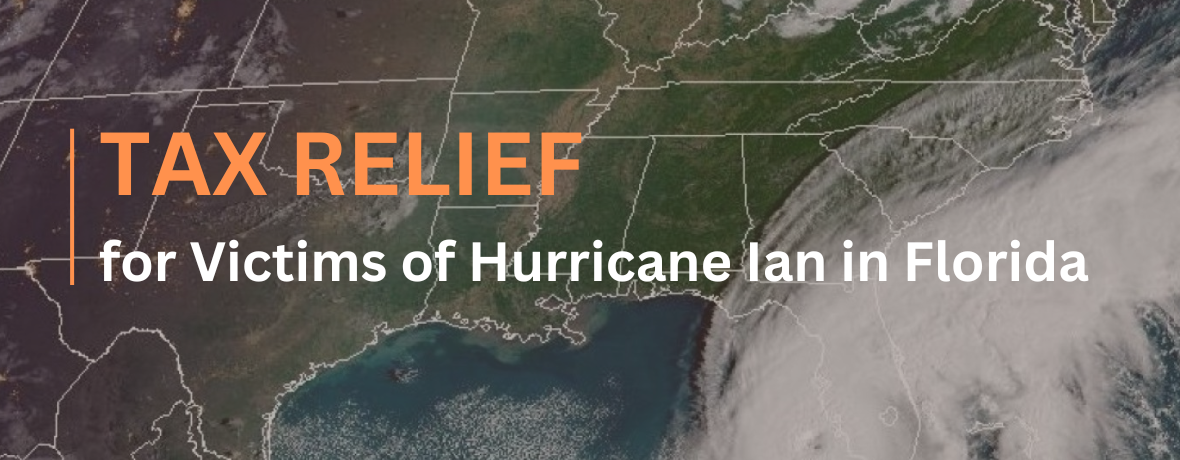Final regulations relating to the low-income housing tax credit revise and clarify requirements that low-income housing agencies must follow when conducting physical inspections of low-income units and reviewing low-income certifications and other documentation. The regulations finalize previously issued temporary regulations (T.D. 9753, February 25, 2016).
Sample Inspection Size
The final regulations require the agency to inspect no fewer units than the number specified in the “Low-Income Housing Credit Minimum Unit Sample Size Reference Chart.” The reference chart can be found in Rev. Proc. 2016-15, I.R.B. 2016-11, 435, and is borrowed from the U.S. Housing and Urban Development (HUD) Real Estate Assessment Center Protocol (the REAC protocol). Previously, an agency was permitted to inspect 20 percent of the low-income housing units in the project if this was lesser than the number required by the reference chart. This change addresses a concern that limiting physical inspections to 20 percent of units in small projects is not sufficient to ensure overall compliance with habitability and low-income requirements.
All-Buildings Requirement
No change is made to the requirement that an agency must inspect all buildings in a low-income housing project by the end of the second calendar year after the year in which the last building in the project is placed in service unless a project inspection is conducted under the REAC protocol. Suggestions that the IRS dispense with the all-buildings requirement for agencies not using the REAC protocol were not adopted.
Reasonable Notice Time Frame Shortened
A building owner and tenants are allowed a maximum 15 day advance notice that a project will be inspected. The temporary regulations allowed a 30-day notice period. The particular units to be inspected may only be identified on the day of the inspection. The 15 day advance notice limit will also apply to reviews of low-income certifications.
Amendment of Agency’s Qualified Allocation Plan
The final regulations are effective on February 26, 2019. However, an agency only needs to amend it qualified allocation plan by December 31, 2020, to reflect the requirements in the final regulations.
Rev. Proc. 2016-15 is obsolete with respect to an agency as of the date that on which the agency amends its qualified allocation plan.
continue reading
Related Posts
More than three million residents are eligible for up to
The IRS has provided tax relief for victims of Hurricane
Resources: https://www.irs.gov/businesses/small-businesses-self-employed/virtual-currencies Virtual currency transactions are taxable by law just







